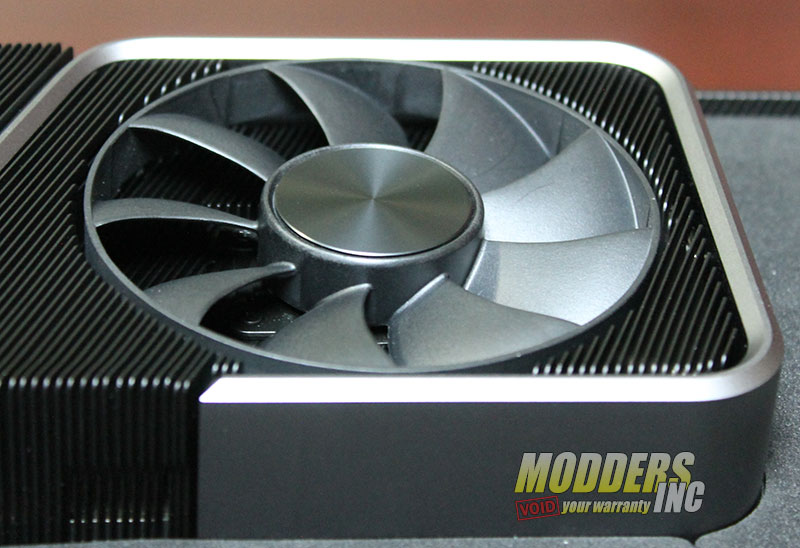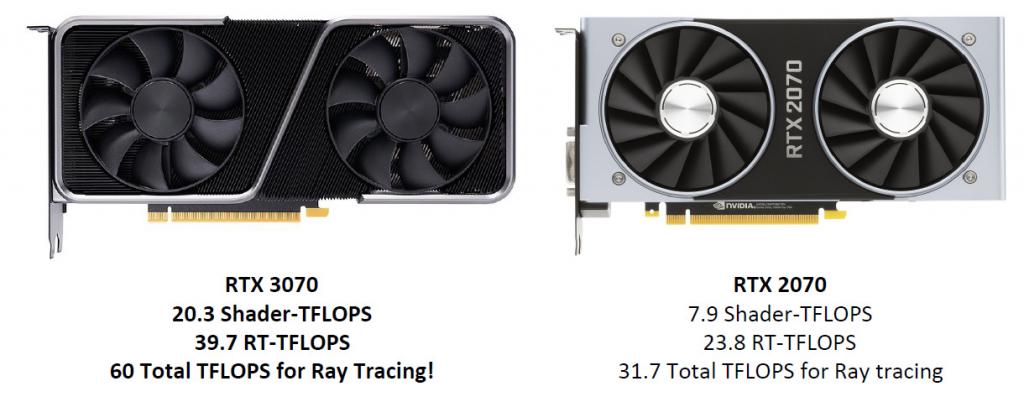https://ift.tt/37PNvBF

As part of this morning’s announcement from AMD that the company would be buying FPGA maker Xilinx for $35 billion in stock, the company also released its Q3 earnings report alongside the buyout news. An atypical earnings release to say the least, an early-morning release allowed AMD investors and others to get a look at the very latest in AMD’s financials while also digesting the decision to use the company’s sizable market capitalization to buy another company – and ultimately to help AMD justify why they’re in such a good position now to make the transaction. Coming on the heels of a record Q2 for the company, AMD closed out the third quarter of the year setting revenue records once again all the while trebling its profits.
For the third quarter of 2020, AMD reported $2.8B in revenue, a 56% jump over the same quarter a year ago. As a result, AMD has once again set new revenue records for the company, posting both their best Q3 ever, and their best single quarter period. Driving this was further growth in both of AMD’s major segments, with everything from consumer CPU sales to EPYC and semi-custom sales reported as being on the rise.
| AMD Q3 2020 Financial Results (GAAP) |
| |
Q3'2020 |
Q3'2019 |
Q2'2020 |
| Revenue |
$2.8B |
$1.8B |
$1.93B |
| Gross Margin |
44% |
43% |
44% |
| Operating Income |
$449M |
$186M |
$173M |
| Net Income |
$390M |
$120M |
$157M |
| Earnings Per Share |
$0.32 |
$0.11 |
$0.13 |
Most eye-popping, perhaps, has been AMD’s net income, which more than trebled over the year-ago quarter. For Q3’20, AMD booked $390M in GAAP net income, a 225% increase that dwarfs the $120M they took home at this point last year. Even on a quarterly basis AMD’s revenues and profits were up significantly across the board, with AMD again more than doubling its net income versus Q2. In fact the only aspect of AMD’s financials not showing significant growth at the moment is AMD’s gross margin, which at 44% is only up 1% over last year. According to the company, GM growth is being limited by relatively low margin semi-custom sales, with the PS5/XSX ramp-up counterbalancing the increase in CPU sales.
Breaking down the numbers by segment, AMD’s Computing and Graphics segment enjoyed a strong quarter based in large part on an increase in Ryzen processor sales. Overall the segment booked $1.67B in revenue, which is up 31% over the year-ago quarter. Carrying the segment were sizable increases in both AMD’s desktop and notebook CPU shipments, with AMD reporting double-digit growth in both and setting a new record for notebook processor shipments. AMD’s graphics division was the odd man out, however; the run-up to the RX 6000 series means that graphics revenue was down versus Q3’19.
| AMD Q3 2020 Computing and Graphics |
| |
Q3'2020 |
Q3'2019 |
Q2'2020 |
| Revenue |
$1667M |
$1276M |
$1367M |
| Operating Income |
$384M |
$179M |
$200M |
As for product average selling prices (ASPs), AMD is reporting that both client processor and graphics ASPs have taken a hit on a yearly basis. Graphics ASPs were down due to AMD’s current-generation RX 5000 products approaching the end of their lifecycle, while CPU ASPs declined due to higher sales of mobile chips, which tend to carry lower prices. Both of these should change for AMD in the next quarter, as the launch of Zen 3 and the Radeon RX 6000 series will put a fresh round of products on the market that can fetch higher prices.
Meanwhile, AMD’s Enterprise, Embedded, and Semi-Custom segment saw another greater quarter with Q3, with shipments of everything from EPYC processors to console SoCs on the rise. With the former, AMD has continued to grow its market share in the server space, and on the company’s earnings call CEO Dr. Lisa Su confirmed that server sales have more than doubled over Q3’19, citing improved cloud and enterprise adoption. Meanwhile the ramp-up for the Playstation 5 and Xbox Series X has pushed semi-custom sales higher as well, and that’s expected to grow even more in Q4.
| AMD Q3 2020 Enterprise, Embedded and Semi-Custom |
| |
Q3'2020 |
Q3'2019 |
Q2'2020 |
| Revenue |
$1134M |
$525M |
$565M |
| Operating Income |
$141M |
$61M |
$33M |
And, like the consumer side of AMD’s business, the enterprise side is about to benefit as well from the launch of next-generation products. AMD has confirmed that their Zen 3 architecture-based EPYC “Milan” processors will begin shipping this quarter as previously promised, with the initial chips going out to cloud and “select HPC” customers. Meanwhile general OEM availability will follow in the first quarter of 2021.
Overall, AMD has a lot to be happy about for Q3, and even more to look forward to in Q4. With AMD posting record revenue and their traditionally strongest quarter still to come, the company is expecting an even better Q4. The combination of Zen 3 CPUs for desktops and servers, along with new Radeon hardware will mean that AMD has momentum and new products on their side. All of which comes at a critical time for the industry, as AMD seeks to use its technology advantages to carve a larger piece of the x86 processor market from an uncharacteristically dazed Intel.


from AnandTech https://ift.tt/34yq5i7
via
IFTTT






















